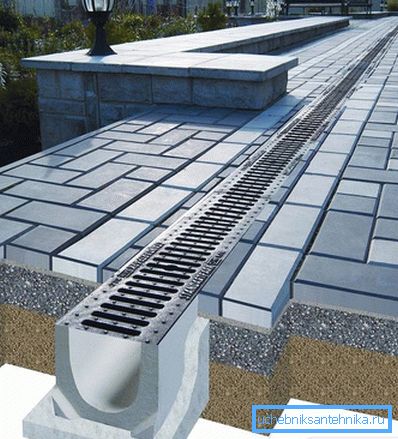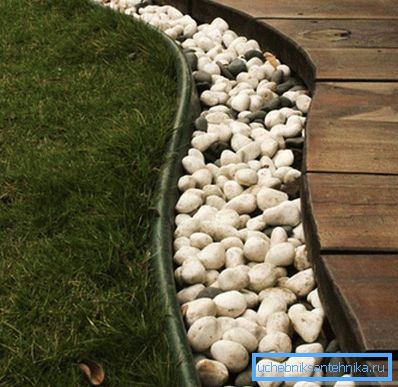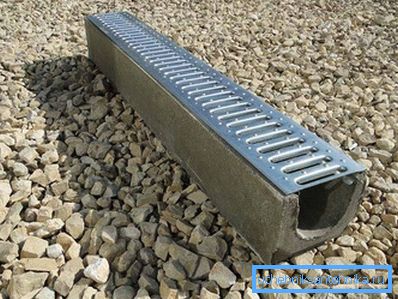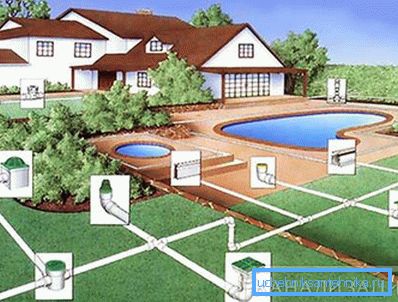Open drainage system
For drainage of rain and melt water in the suburban areas organize surface open drainage. As a rule, it is made in places where water constantly accumulates. All water is discharged into a specially prepared tank or into a common sewer system. For the system to work properly and function for a long time, it is necessary to approach its manufacturing with full responsibility. In this article you will learn how to do an open drainage system with your own hands.
Types and advantages of construction
This type of drainage is the easiest and does not require large financial investments and labor costs. The system is mounted even in those areas that are located on the slopes. Due to this, all the water in an organized manner is collected, and a swamp is not formed.

Open drainage can be of two types: linear and point. These two types can be combined with each other, so that the efficiency of removal of moisture increases several times. As for the point drain, it is used for local collection of water. It is mounted near the gutters or watering cranes. For this purpose, the very different equipment is used, for example:
- Shutters.
- Sumps.
- Drainage systems and the like.

The device of linear drainage differs according to the principle of water collection. It is implemented using ditches with a width of 500 mm and a depth of 700 mm. When arranging it, it is important to control the slope, which should be equal to 3 ° by 1 m. Below we consider the features of the installation work.
Arrangement nuances

To achieve the best result in the manufacture of drainage it is necessary to have the following goals:
- During the period of snowmelt or heavy rains, water should be quickly and efficiently removed from the site.
- Lower groundwater level.
Tip! Water drainage is often necessary in the presence of clay soil.

In the process of designing the drainage system, it is important to consider the feature of the relief. This will create the most efficient open drainage system. If the area of the site that needs drainage is small, then it makes no sense to make an installation diagram.
So, before starting work, it is important to be guided by the following requirements and norms:
- There must be an appropriate distance between drains.
- The diameter and slope of the ditches must be strictly observed.
- For normal drainage, trenches of sufficient depth are needed.
- Receivers must be located as planned.

These and other nuances are extremely important to consider when making surface drainage.
What is needed for installation

Before starting work it is important to prepare the following materials:
- Concrete mix for pouring channels or ready-made concrete channels.
- Plastic gutter.
- Sand receivers.
- Decorative ornaments.
With all this, you can proceed to installation work.
Installation work: where to start
The depth of the trench should reach 100 mm. When all the channels are ready, you can pour the concrete mix. Sand traps are mounted on top of frozen concrete, and plastic troughs are mounted on top of them.

Tip! To ensure the duration of the entire structure, it is recommended to additionally create a protective waterproofing layer. It is laid between concrete and plastic gutters. As a waterproofing, you can use roofing felt or roofing felt.

At the very end, the entire system is connected to the sewer. After checking the assembled design, you can install decorative grilles.

Video
How to install surface drainage, see below:
Installation of drainage along the terrace is shown in the following video:
See also:
- Calculation of drainage on the site.
- How to make a drainage, if the area is clay.
- Organization of drainage around the house.
- What is reservoir drainage.
- How to make an underground drainage.